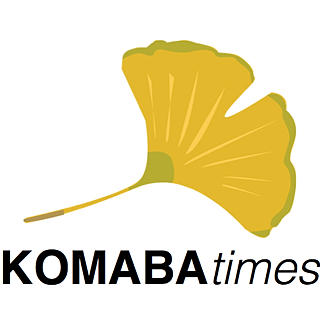By TAIGA TASE

Pepper Steak Donburi. The rice was grown in Hokkaido, the potatoes in the United States, and the beef in Australia. Image by author.
What’s in a meal? A donburi in any other shape would be as nourishing. So what bearing does the source of the dining hall’s food have on its ability to provide the hungry university student with the energy to get through another day? As the host of the cream of the nation’s crop and a kokuritsu state-funded university, The University of Tokyo has an obligation to responsibly source the daily fare that fuels the student body.
Mr. Makoto Sasaki, the then head chef of the UTokyo co-op dining hall, agreed to speak with the reporter. Clad in a freshly ironed and pristinely alabaster shirt coupled with a utilitarian black apron, he answered my question in an office tucked away behind the kitchens. Right off the bat he told me that the Komaba dining hall prepares very little locally; it is supplied from a national scale by the same co-operational that students at such schools as Waseda and Keio rely on. In other words, very little sets our cafeteria apart from the other hundreds dotting the university campus the country over.
Sasaki enthusiastically told me about an infrastructural development project underway in the mountains of Thailand. A former marijuana plantation, these fields now produce the spinach that you may have eaten as part of a seasonal vegetable dish. The proceeds from the harvests are then re-invested into the community in the form of funding for the beleaguered elementary schools responsible for educating Thailand’s next generation. A group of students from the Faculty visit the village of Chiang Mai in northern Thailand every year to help maintain the quality of the fields and keep up with the community.
But of course not everything served in the dining hall comes from northern Thailand. Sasaki pointed the reporter in the direction of the University Co-op website, which features ingredients and sources for every menu item served in our dining hall. The domestically-produced rice was harvested in Hokkaido, while Australian flour constitutes the ever-popular ramen.
Out of a statistically significant sample of thirty randomly selected ingredients, twelve ingredients (40%) were sourced exclusively from Japan, while an additional five (17%) were sourced either from Japan or another country. All told, thirteen (43%) of the thirty sampled ingredients were sourced exclusively from abroad. Of particular note is that none of the meat was domestic, being sourced from such diverse nations as Thailand, China, the United States, and Australia. In contrast, Japan provides much of the vegetables that add bulk and fibre to the dining hall meals.
So perhaps the UTokyo dining hall doesn’t fully support domestic farmers and companies. That’s understandable, however, due to the much higher price of Japanese meat despite controversial import tariffs. In lieu of providing kokusan -- domestically sourced -- dishes, UTokyo strives to leave a Japanese mark on the rest of the world by supporting distant communities that would otherwise remain impoverished and disconnected from the world.

